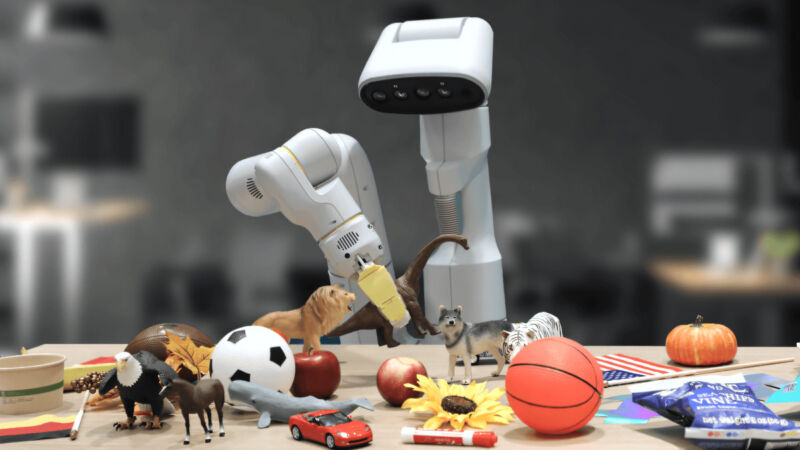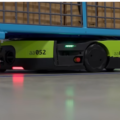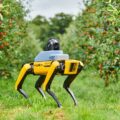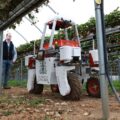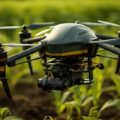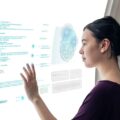Google’s latest breakthrough in the field of robotics comes in the form of Robotics Transformer 2 (RT-2), a revolutionary vision-language-action model developed by their DeepMind research team. Unlike the traditional approach, RT-2 enables robots to grasp abstract concepts and directly output actions, bridging the gap between human language and robot behaviors.
In the past, training robots for real-world tasks has been a challenging endeavor. They required extensive data and specific training for every possible scenario, making the process time-consuming and costly. However, RT-2 changes this paradigm by learning general concepts from web data and then applying that knowledge to perform various tasks, even in unfamiliar environments.
The key innovation lies in the transformer-based techniques used in RT-2, which have proven to be effective in reasoning and solving complex problems. Previous models like RT-1 demonstrated the ability of transformers to generalize information across different robots. RT-2 takes it a step further by combining reasoning and action output in a single model, making it more efficient and adaptable.
For instance, when it comes to a simple task like throwing away trash, traditional robot systems needed explicit training for identifying and disposing of garbage. In contrast, RT-2 leverages its language and vision training data to understand what trash is and how to dispose of it without specific training.
This ability to transfer knowledge from its training data to guide actions enables robots to swiftly adapt to new situations and environments. In extensive trials, RT-2 outperformed its predecessor, RT-1, on novel scenarios, showcasing its human-like learning capabilities.
While there is still much work to be done in creating truly helpful robots in human-centered environments, RT-2 represents a significant step forward. With AI advancements like RT-2, the future of robotics appears promising, offering the potential for more versatile and general-purpose robots that can serve as dependable helpers in various tasks. The exciting journey towards practical and efficient robotic assistants has just begun, fueled by the rapid progress in artificial intelligence.
